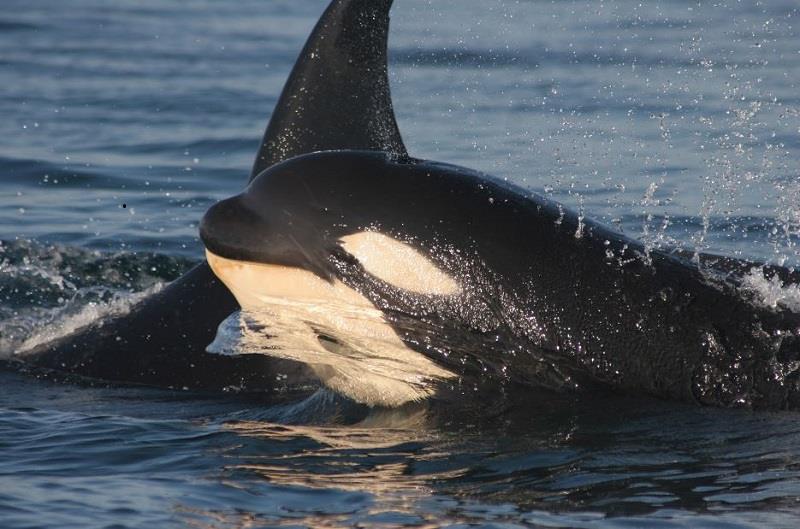
Endangered killer whale nighttime behavior
by NOAA Fisheries 16 Sep 2018 14:38 UTC

NOAA Fisheries conducts research to better understand the endangered population of Southern Resident killer whales to inform protection and recovery efforts © NOAA Fisheries Northwest Fisheries Science Center
Next week researchers from NOAA Fisheries will begin studying the nighttime behavior of Southern Resident killer whales to better understand how much time they spend foraging and their use of sound, and to inform policies that might better protect the whales from vessel noise.
Underwater ship noise can disrupt the whales' use of echolocation, a series of rapid clicks, to detect, track and capture prey. That limits their foraging opportunities and forces them to expend extra energy at a time when they can least afford it.
Understanding whether the endangered whales forage at night, and how they use sound, could help reduce impacts on the whales. If they forage less at night, for example, that might be a time when large cargo ships could transit the area with less disturbance.
'If we can find out when they're foraging, and how they are using sound at night, we'll better understand when protection may be most important," said Marla Holt, a research scientist at NOAA Fisheries' Northwest Fisheries Science Center (NWFSC) and leader of the project.
Fisheries and Oceans Canada is largely funding the research, with NOAA Fisheries conducting field work and data analysis. This collaboration is also important to research comparing foraging behavior between the declining Southern Resident killer whales and the increasing population of Northern Resident killer whales in British Columbia.
The study will use digital acoustic recording tags (DTAGs) attached with suction cups to the whales. Scientists will apply the tags to the whales with long poles. In previous tagging during daytime hours they typically saw the whales return to normal diving behavior within minutes. The tags usually remain on the whales for about one or two days until they fall off on their own.
"This is about as careful as we can be, with the least impact on the whales, that allows us to get the data that will inform decisions long-term," Holt said.
The Southern Resident killer whale population now numbers 75, its lowest point in close to three decades. NOAA Fisheries is carrying out an action plan of priority steps to address the three main threats to the whales: vessel traffic and noise, availability of prey, and chemical pollution and contaminants. The latest research informs those efforts.
While researchers have extensively studied Southern Resident behavior during the day, they have limited data on the whales at night. The DTAGs record sound, and the whales' movements, which reveal whether they are actively foraging, and at what times, researchers said.
Shipping traffic through the Salish Sea, the heart of the whales' range, has increased in recent years, and is projected to increase further. Authorities in Canada and the United States are considering options for managing the shipping traffic to reduce impacts on the killer whales, which are also protected in Canada.
For more information: